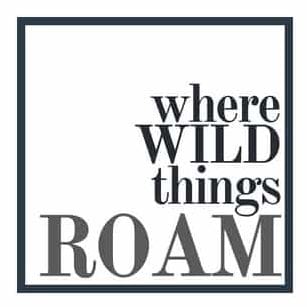One on One with wildlife & conservation photographer, Jason Savage
Jason Savage’s passion for wildlife was born from a young age, developing into an active role as a wildlife and conservation photographer, capturing powerful images to raise awareness.
He has worked with rhino in Africa, king cobra in Bali and been caught up in riots in Bolivia while documenting the effects the soy industry is having in the Amazon Rainforest. There is no stopping Jason, who is on a mission to find his next conservation project.
Adelaide born and bred, Jason escaped north to the tablelands in Far North Queensland as Covid-19 has restricted travel any further afield.
“I’m supposed to be in Africa now but can’t travel so needed to get that adventure fix somehow, so now I’m up here.”
It was here that Where Wild Things Roam met Jason and brought him into the team. Happy to have him on board, we wanted to introduce you to Jason with a chat about his passion for wildlife, photography and what adventures are on the horizon.

What first inspired you to get into conservation?
I’ve always had a passion for wildlife ever since I was a little kid. I was a part of fauna rescue as a kid, and I got my first snake when I was only eight years old. I started to understand and get more involved in conservation after I went to South Africa as an 18-year-old to do a 5-month conservation internship. I learnt a lot about the tourism side of things but also a lot about the conservation issues facing South Africa.
What experiences have you had since then?
Since that first overseas trip to Africa, I kept going back. I did my field guiding course and my back up trails guiding course (walking safari course). Soon after the training, I landed a job as a guide in Kwa-Zulu Natal, South Africa, which then led on to a job that would change my life. I was able to monitor a crash of white rhino on a private game reserve in Limpopo, South Africa. I was there for over a year before my visa ran out, as did the money because it was volunteer work, so begrudgingly I I had to return home to Australia.
During that amazing time with the rhinos, my photography developed, and I saw the power an image can have in raising awareness for a species, conservation organisations and conservation issues in general.
Beyond Africa, I have been to Sumatra twice to help work with conservationists. I teamed up with local rangers in Indonesian Borneo in East Kalimantan, and then went to Bali to film a documentary on human-wildlife conflicts involving the king cobra. Bali drew me back again for a content trip as I took to the road by scooter and hit the underwater world for my diving course.
I have found myself in Bolivia, documenting the effects the soy industry was having on the Amazon Rainforest. This trip turned political as the country went through elections and fraud, and there was a lot of political unrest and protests.

Is there one set moment you found pivotal to doing the work you do?
Not really a pivotal moment, but just all the times being in the African bush and working with some amazing wildlife really inspired me to want to do more. I still haven’t achieved as much as I would like to, but there is still plenty more years to tick a few goals off. The first place I stayed at in Africa was probably the most incredible first experience in Africa and really set the tone to wanting to try make a career there. I stayed in a basic tented camp, had to light a fire to get hot water. But the camp was about 20 minutes from the main gate so you were really isolated. The sounds of lions, hyenas, leopards and the elephants walking around the camp just made me fall in love with the country and the bush.
How do you find your photography helps the cause?
I watched a documentary once, and the photojournalist on there said “you can have people from all over the world in one room. They may not speak the language, but if you show them a photo, everyone can understand and see what is going on.”
I see a photo as something that can help to raise awareness for wildlife and conservation issues.
When I was with the rhinos, I was hoping the photos of them, and their lives would bring them into peoples everyday lives through social media and hopefully get more people to care about them and ultimately wanting to protect them. I thought they could be ambassadors for their species.

Do you have a favourite destination and why?
At the moment it is South Africa. I haven’t been able to visit other countries in Africa, but I have spent over three and half years in South Africa. It’s the place I feel I belong and the place I’m most comfortable.
What can travellers do to be more aware of how their travels can impact environments?
Research! Research where you are going and the issues that could be there and see how you can help or how to avoid contributing to the problems, especially involving wildlife! And do not pay for wildlife products or unethical wildlife tourism – avoiding these goes a long way to helping wildlife and the environment. You can also find hotels or eco lodges that are affiliated with conservation organisations. Your stay could go a long way to helping.
What are your plans for the future? Goals?
My plans for the future … to be successful so I can hopefully do conservation and photography work full time and help as many organisations as I can. I would like to try and set myself up in Africa again and stay there long term. I have a lot of stories I would love to try and tell. It is an exciting time, and hopefully, everything can come together.
To check out Jason’s work, you can visit his website www.jasonsavagephoto.com.au






